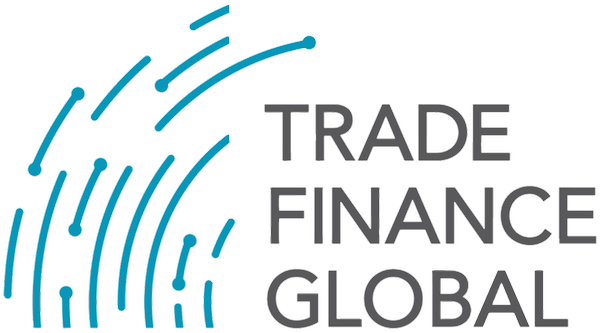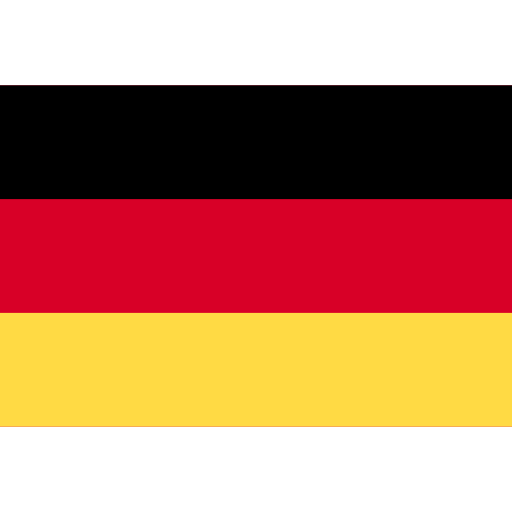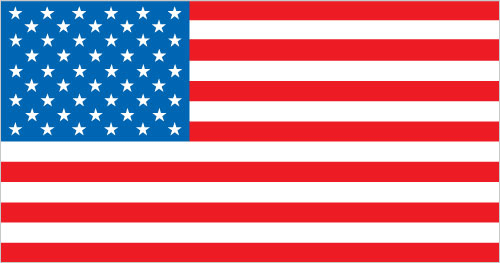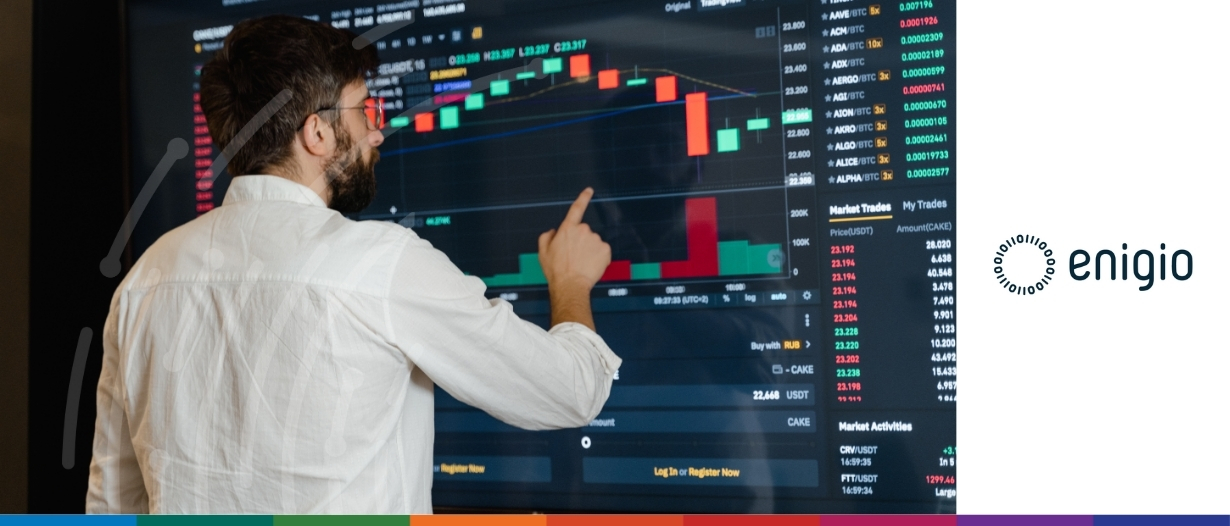For all the advancements in digital trade, one simple fact remains: paper still dominates global trade transactions. But why, in 2025, do businesses continue to rely on physical documents when electronic trade solutions exist?
The answer isn’t just about regulation or technology—it’s about human interoperability.
Why does paper still rule trade?
Most efforts to digitise trade focus on machine interoperability—ensuring that platforms, databases, and standards align so that systems can communicate seamlessly. Initiatives like ICC Digital Standards Initiative’s Key Trade Document and Data Elements (KTDDE)and DCSA’s Platform Interoperability (PINT) are crucial steps in this direction.
But trade isn’t just about machines. It’s about people—who need to read, review, and trust the documents they work with. Paper works because it requires no onboarding, no technical training, and no new tools. It is universally understood, freely transferable, and legally accepted across industries and jurisdictions.
For digital trade to replace paper, it must meet the same standard: a document must be as easy for a person to use as it is for a system to process.
Data presentation: The overlooked challenge:
One of the biggest obstacles to digital adoption isn’t only compliance—it’s also how electronic original trade documents are displayed for humans.
While formats like JSON and XML work well for automation, they do not provide a clear, standardised visual representation that people can rely on. Without a human-friendly interface that remains identical across platforms and devices, trust in digital transactions weakens, leading to slower adoption.
This is why the WYSIWYS (What You See Is What You Sign) principle is a favourable option—ensuring that what a person sees and agrees to remains identical for all parties.
Why PDF could bridge the gap
Every document today starts in a digital format before being printed. Instead of reinventing the trade process, the fastest way to digital adoption is to eliminate the unnecessary step of printing and move directly from digital-born to electronic-original documents.
PDF as a format could be the perfect bridge… if used properly. It provides:
- Human readability – A format that looks and feels like traditional documents
- Machine interoperability – Structured data that can be processed digitally. PDF forms, for example, can link structured data to its corresponding visual location in a document-like format – a capability which is not commonly used today and thus often overlooked.
- Legal compliance – A globally accepted format that supports e-signatures and regulatory requirements
To be clear, PDF as it is normally used today does not cut it for electronic trade documents. It’s not enough to scan a signed paper or use one cryptographic hash secured on the blockchain. But PDF does have more potential, and if used with more advanced features, can help simplify the trade digitalisation journey.
Evolution, not revolution
Rather than forcing an immediate shift to full machine interoperability, the best path forward is a gradual transition. It is possible to keep the current process, but make it digital. Here’s how:
- Start with human interoperability – Create electronic-original documents in the formats businesses already trust.
- Integrate structured data – Embed machine-readable layers into these documents to enable automation.
- Adopt full machine interoperability over time – Once human adoption is secured, scale into API-based and fully automated trade processes.
This gradual transition is key. Contemporary document processes have been established for decades, in some cases centuries, and that’s not something that changes overnight. Markets struggle to make massive leaps, but breaking it down makes it much more manageable. Skipping human interoperability and jumping straight to machine-driven trade is unlikely to succeed—because trust and usability must come first.
It will take time for companies to move from step 1 to step 3 — but step 1 alone already delivers tangible benefits and significant improvements over paper-based processes. Digital, human- interoperable documents offer faster execution, better security, and improved traceability. Since most documents are already born digital, the key is simple: skip the paper and move directly to “digital paper.”
The path forward: unlocking true interoperability
Replacing paper in trade is not just about digital efficiency—it’s about balancing technological innovation with human trust. The key to adoption is not forcing businesses into a fully automated future overnight, but enabling them to move at their own pace. The PDF standard, combined with structured data, allows businesses to do just this: making progress, without costly overhauls or complex onboarding.
Instead of pushing businesses toward a digital revolution they aren’t ready for, we must enable an evolution—one where companies transition to electronic trade using the tools they already understand. This way, organisations can unlock immediate gains without disrupting established processes. Then, as readiness grows, structured data and full machine interoperability can follow.
Digital trade will only succeed if people remain at the centre of the transition. It’s time to move beyond just machine interoperability and also prioritise the most crucial piece of the puzzle: human interoperability.





























